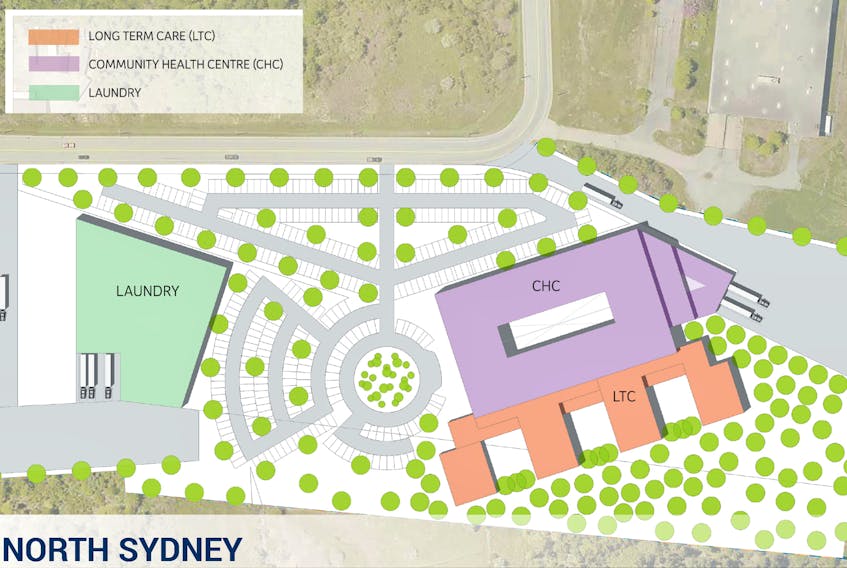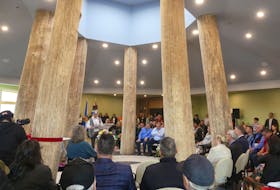SYDNEY, N.S. — While he said earlier this year that public-private partnerships guarantee budget and time in construction projects, Transportation and Infrastructure Renewal Minister Lloyd Hines now says it was a desire for expediency that ultimately led the province to embark on a traditional design-build process for two new Cape Breton health centres.
During a post-cabinet scrum and conference call with reporters on Thursday, Hines was peppered with questions about his department’s decision to reverse course on its previously announced plan to pursue P-3 arrangements for the health-care centres to be constructed in North Sydney and New Waterford.

While the earlier announcement was communicated by press conference, the reversal was made public in remarks by Deputy Minister Paul LeFleche at a conference on public-private partnerships in Halifax on Tuesday.
Hines said the department had been considering its options and noted it is already committed to the largest P-3 project in the province’s history with the QEII redevelopment in Halifax, with preparations also underway for a P-3 involving Highway 104. Many resources are tied up in those developments, he said, adding it’s been decades since the province constructed a health facility, as that responsibility had devolved to health authorities.
“The P-3 option is one of the tools in the toolbox and it was decided that, in the interest of expediency, in getting the job done — that’s our commitment to the citizens of Nova Scotia, to provide good facilities for health care and certainly in Cape Breton that’s required — that we would be able to reach that objective quicker by using our conventional design-build arrangement,” Hines said.
He told reporters he couldn’t recall when the decision was made. Health Minister Randy Delorey said he also couldn’t recall when he was informed of the change.
The province issued a news release in April announcing that the new centres would be built through P-3s.
At that time, the department indicated a consulting firm would be hired in the coming weeks to lead the P-3 process, similar to the QEII project in Halifax, to ensure government was ready to go to tender as quickly as possible once the planning of the facilities was complete.
When asked if there was any determination of the level of interest among potential P-3 partners in the Cape Breton projects, Hines said the department did perform a “market sounding to determine what the capacity might be in the marketplace for the construction of these facilities.”
He said that determined that there was capacity for it, although he said there was no indication who may have become involved with the tender process should the P-3 approach have proceeded.
When asked why the about-face wasn’t communicated directly to the community, Hines said the details that those who will make use of the health centres will be interested in are items such as the design and when work will begin.
“It wasn’t felt that this was a significant change as far as the end result goes, except that we felt that we would be able to get there a little bit quicker,” he said.
Hines said that as department staff “dug into the process” after the P-3 announcement was made, “it started to become apparent that our, particularly our available resources, would shape how we might want to do it.”
In April, Hines said that analysis the province has done in recent years has demonstrated “better value for money proposition” with the P-3 process. He said in an interview at that time that there was a high degree of complexity to the projects due to the medical infrastructure involved.
It was previously confirmed that the redevelopment of the Cape Breton Regional Hospital site in Sydney would be completed via a traditional build.
RELATED: Province does about-face on P-3s for new Cape Breton health centres









